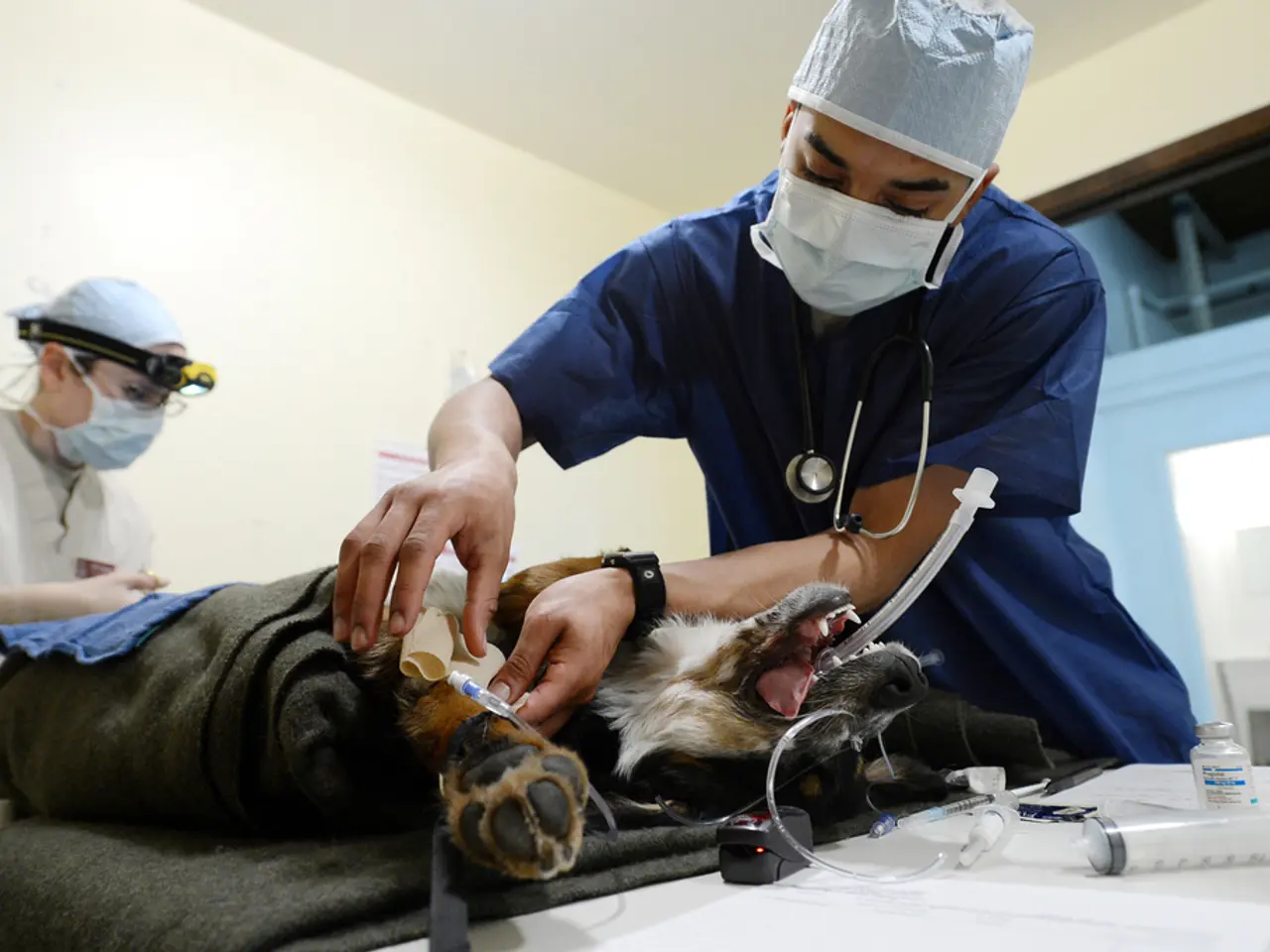Endotracheal Intubation: A Lifesaving Procedure in Emergencies
Endotracheal intubation (EI), a vital procedure in emergency situations, involves inserting a flexible plastic tube into the trachea to maintain an open airway. This is typically performed by anesthesiologists in hospitals, but can also be done by paramedics in urgent cases.
EI is often necessary to protect lungs, assist breathing, or facilitate anesthesia. The procedure begins with the patient being given general anesthesia and a muscle-relaxing medication to minimize discomfort. A laryngoscope is then used to locate the vocal cords, and a breathing tube, sized according to the patient's age and throat size, is inserted into the lower portion of the trachea.
While EI is a lifesaving procedure, it carries risks such as injury to teeth, throat, or trachea, lung complications, and anesthesia-related complications. Post-procedure, patients might experience a mild sore throat or difficulty swallowing, but should seek immediate medical attention if they develop symptoms like face swelling, chest pain, or shortness of breath.
Endotracheal intubation is a crucial emergency procedure that ensures an open airway and prevents suffocation. Though it carries risks, it is a vital intervention performed by anesthesiologists in various critical situations. Post-procedure monitoring is essential to ensure patient safety and comfort.




